Your home is supposed to be a safe haven, but sometimes, unwelcome guests with more legs than you’re comfortable with decide to move in. From venomous spiders to stinging centipedes, these creepy crawlies are unsettling and can be downright dangerous.
1. Black Widow Spider: The Legendary Lurker
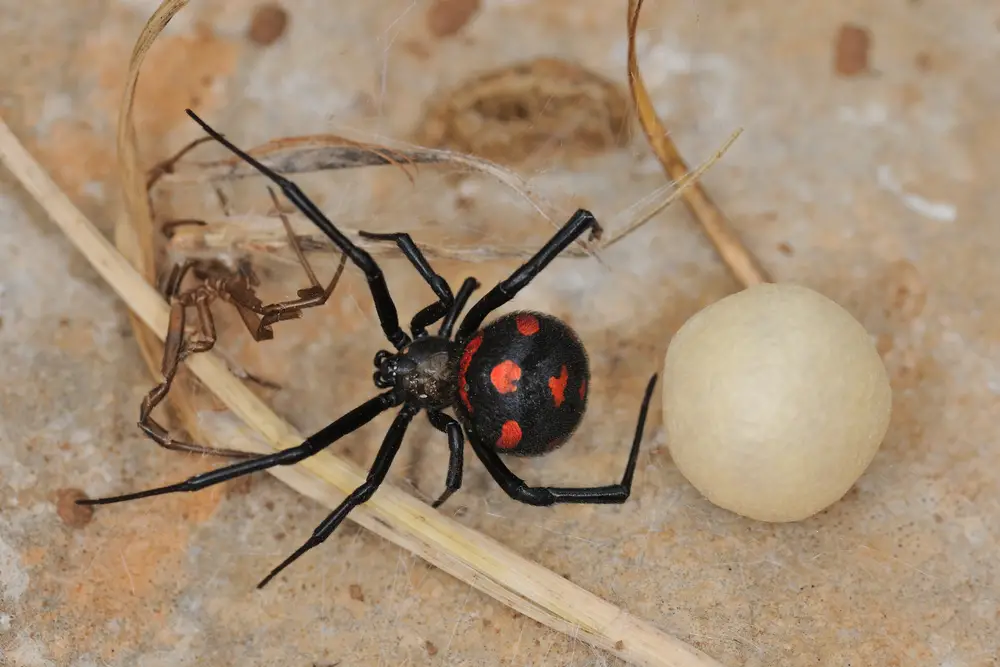
Black widow spiders are infamous for their glossy black bodies and red hourglass markings. Found in dark, undisturbed corners like garages and basements, their venom is 15 times stronger than a rattlesnake’s. While bites are rarely fatal, they can cause severe muscle pain, cramps, and nausea. If you spot one, it’s best to steer clear and call in an expert.
2. Brown Recluse Spider: The Flesh-Eating Arachnid
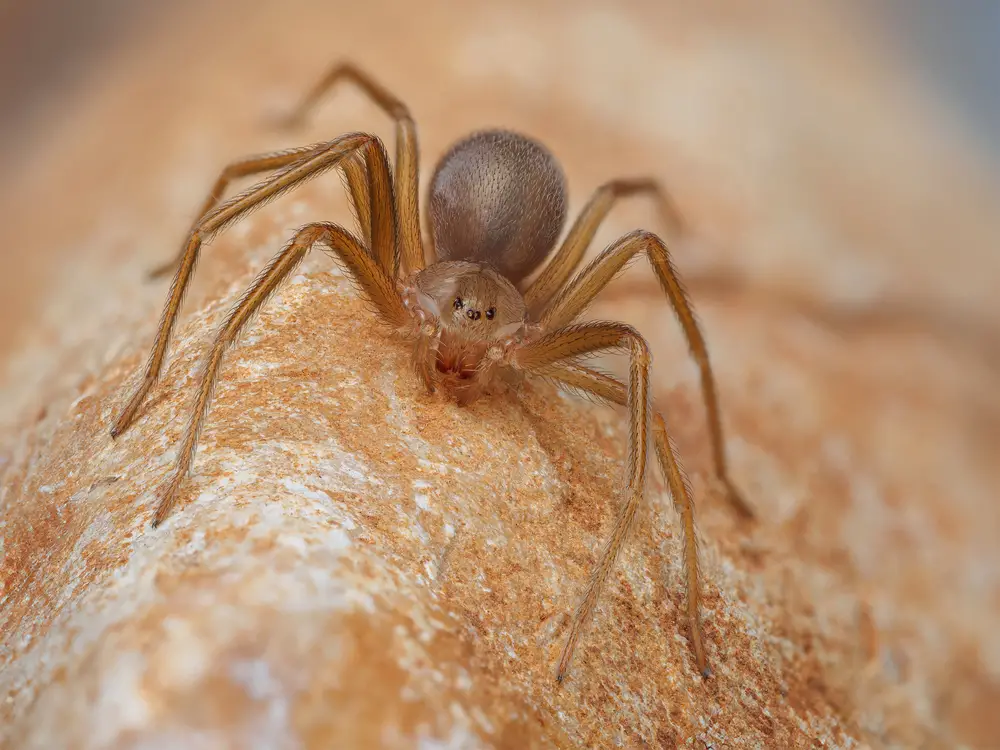
This shy but dangerous spider is known for its violin-shaped marking and necrotic bite. Found in attics, closets, or under furniture, brown recluse spiders can cause skin lesions that take months to heal. Their venom destroys tissue, making them one of the most feared spiders in North America. Don’t ignore gloves when rummaging through storage areas.
3. House Centipede: The Nighttime Predator
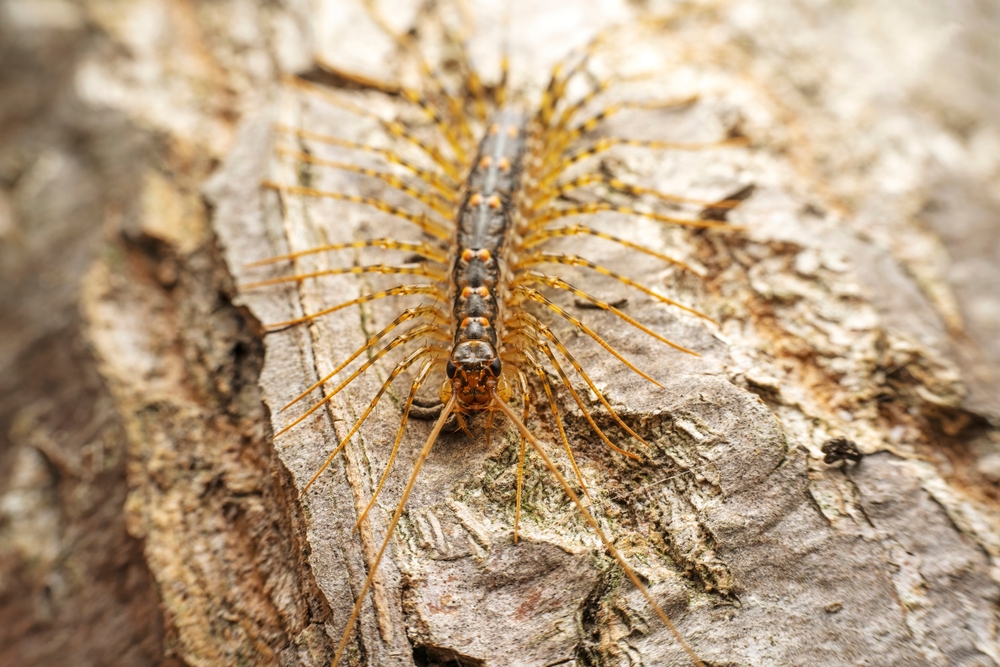
While house centipedes may not be deadly to humans, their speed, long legs, and venomous bite make them a nightmarish sight. They use their venom to paralyze prey like spiders and insects, and their bites can cause pain and swelling if they feel threatened. Their favorite hiding spots? Bathrooms, basements, and other damp areas.
4. Scorpions: The Stinging Survivors
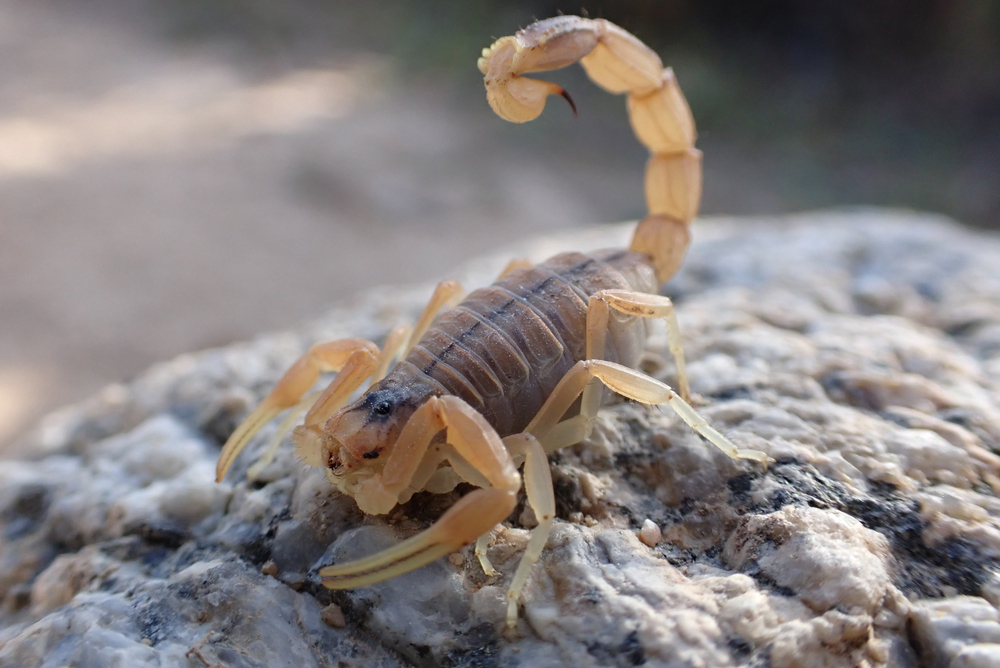
Scorpions are often found in warm, dry climates, but they can sneak into homes through cracks or vents. While most species aren’t deadly, some, like the Arizona bark scorpion, have venom that can cause severe pain, convulsions, or even fatal reactions in vulnerable individuals. Always shake out shoes or blankets if you’re in scorpion country.
5. Brazilian Wandering Spider: The World’s Deadliest

Known as the “banana spider,” this arachnid holds the Guinness World Record for being the most venomous spider. Native to South America, it occasionally hitchhikes on imported fruit. Its bite can cause intense pain, paralysis, and in rare cases, death. If you’ve spotted one in your home, it’s time to call for backup immediately.
6. Fire Ants: Tiny Stingers in Numbers
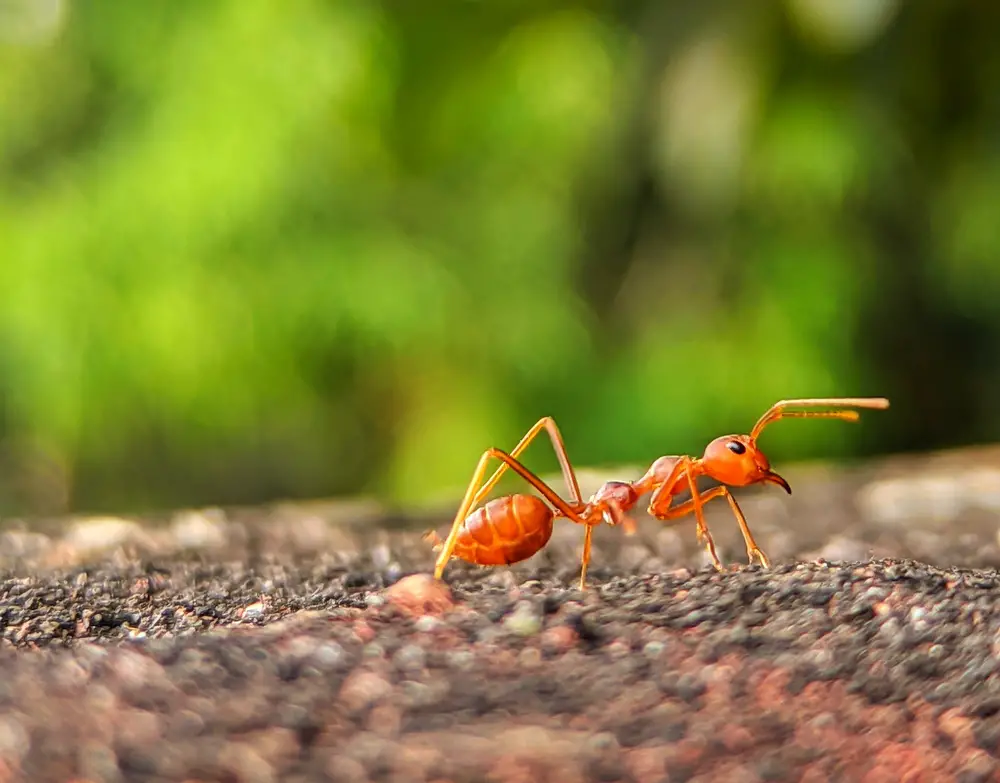
Fire ants may be small, but their venomous sting packs a punch. Found in the southern U.S. and beyond, these ants swarm aggressively when their nests are disturbed. Their stings cause burning pain, blisters, and, in rare cases, fatal allergic reactions. If you see a mound in your yard or home, handle it with extreme caution.
7. Recluse Huntsman Spider: Silent and Menacing
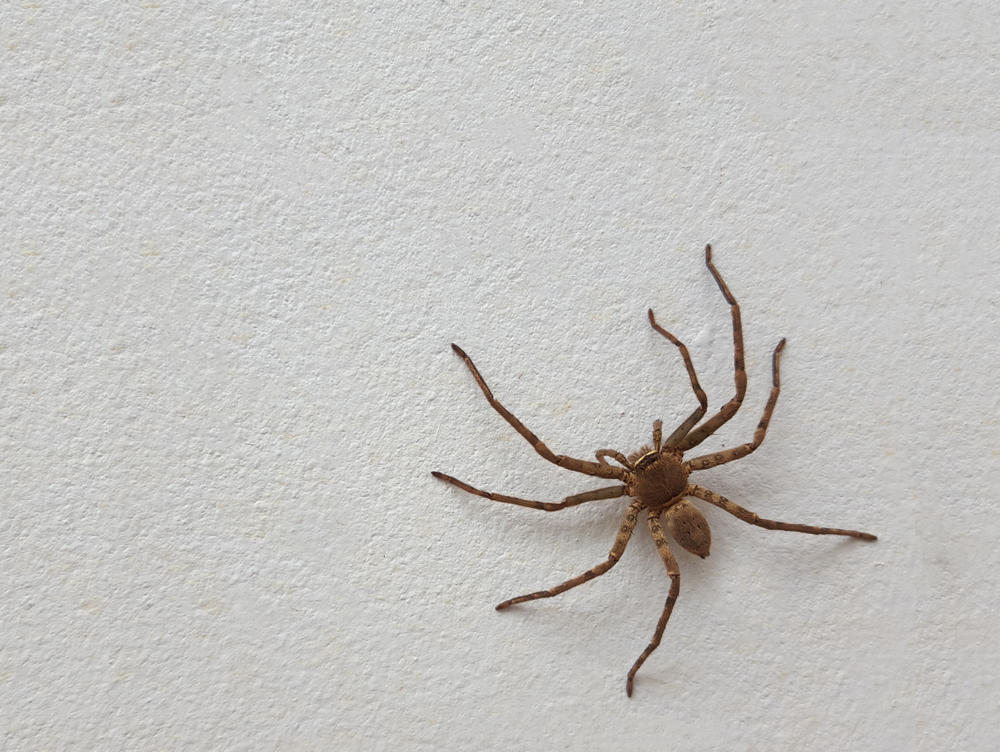
The huntsman spider’s enormous size is enough to make anyone uneasy, but some species carry venom capable of causing headaches, nausea, and irregular heartbeats. They prefer hiding behind curtains, inside shoes, or under furniture. While they’re not aggressively venomous, their imposing presence alone is enough to raise the hair on your neck.
8. Asian Giant Hornet: The Deadly Stinger
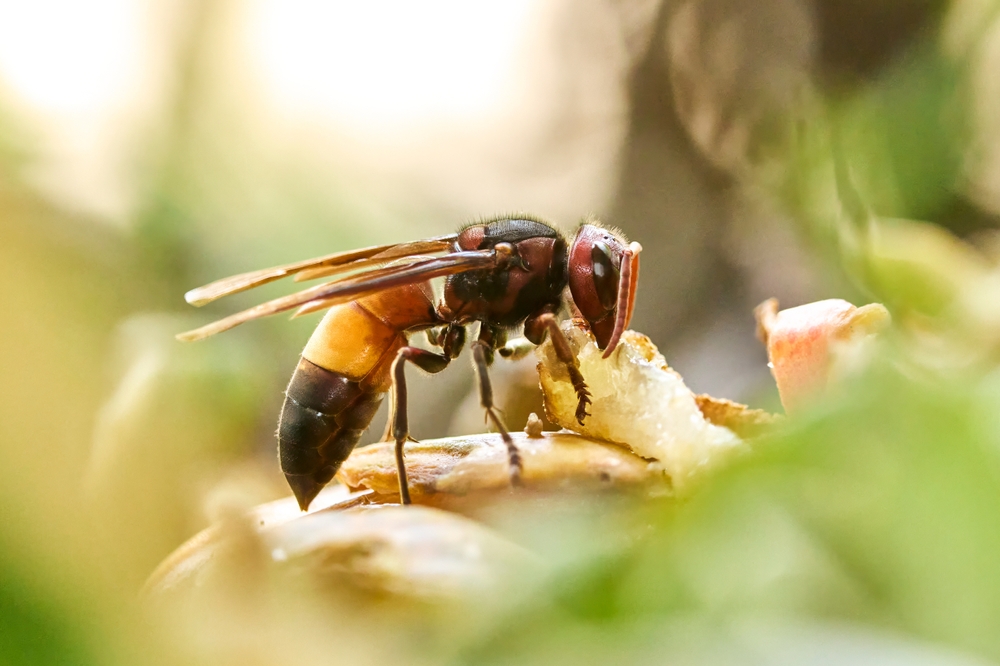
Nicknamed the “murder hornet,” these massive hornets have venom that can destroy tissue and cause severe allergic reactions. While they typically build nests outdoors, they’ve been known to venture indoors if food sources are available. A single sting can be excruciating, and multiple stings can be fatal.
9. Bed Bugs: Bloodsucking Nightmares
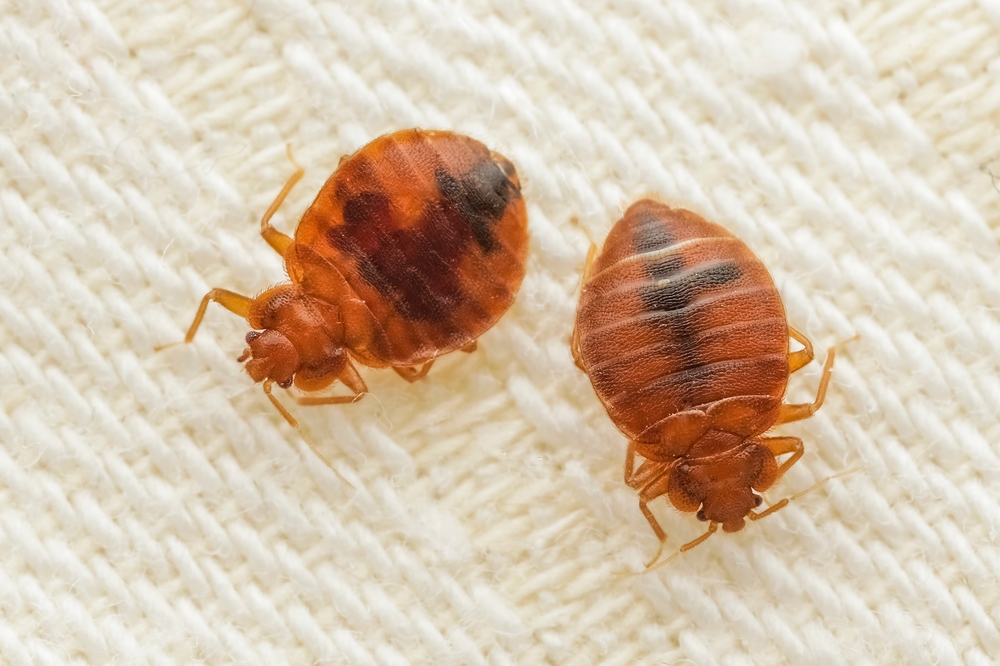
Bed bugs may not carry deadly venom, but their bites can cause severe allergic reactions in some individuals. These tiny bloodsuckers hide in mattresses, cracks, and furniture seams, feeding on their hosts while they sleep. The psychological toll of an infestation, combined with the potential for infection, makes these pests especially unwelcome.
10. Assassin Bugs: The Silent Threat
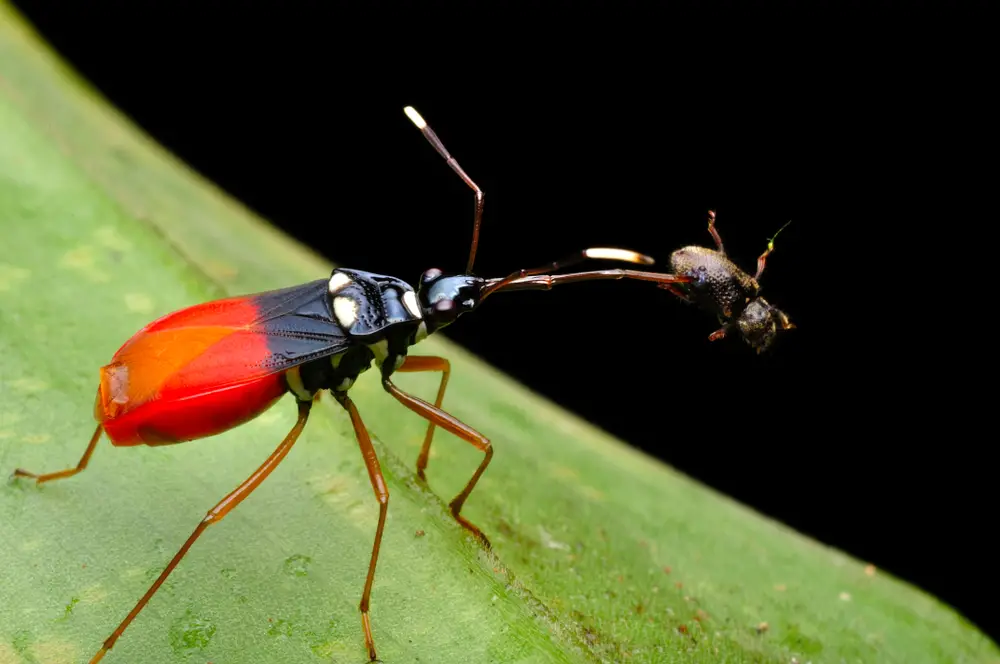
Assassin bugs, particularly the kissing bug variety, are carriers of Chagas disease, a potentially fatal illness. Found in southern U.S. states and Latin America, these bugs feed on blood and leave feces near the bite wound, transmitting the parasite that causes Chagas. They’re stealthy, often hiding in cracks or under furniture.
11. Ticks: The Tiny Time Bombs
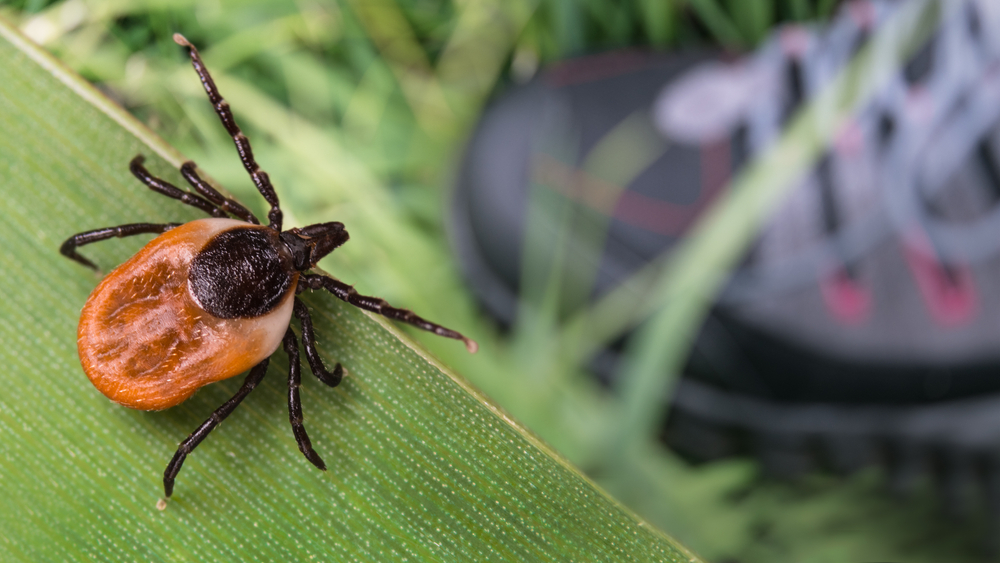
Ticks are more than just bloodsucking parasites—they’re vectors for serious diseases like Lyme disease, Rocky Mountain spotted fever, and more. They can latch onto you or your pets after a stroll through the yard and go unnoticed for hours. Regularly check for ticks if you’ve been in grassy or wooded areas to avoid a dangerous encounter.
12. Carpet Beetles: Silent Skin Irritators
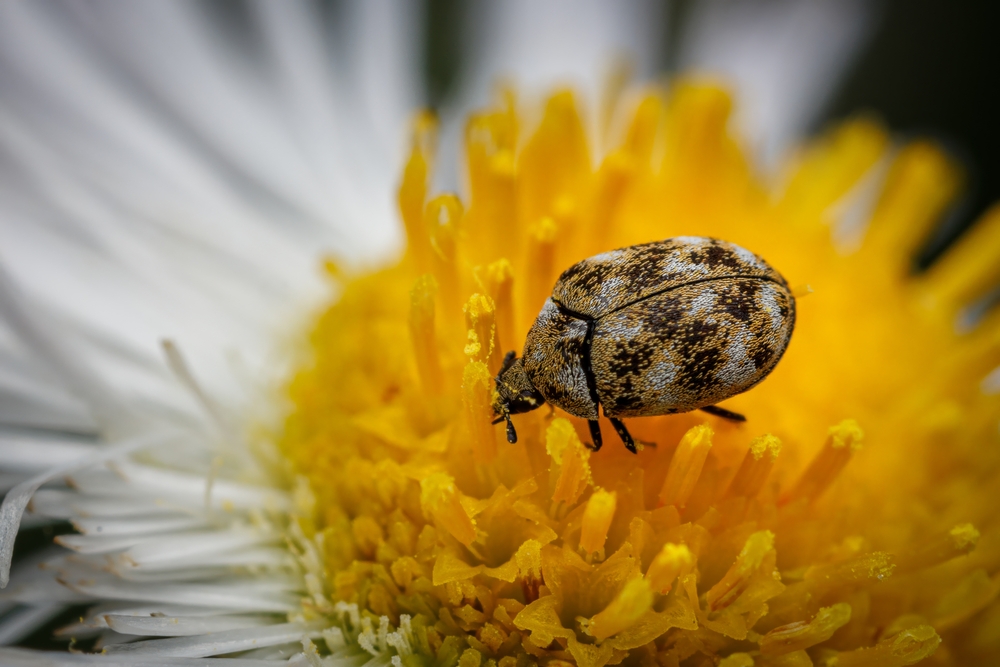
While carpet beetles don’t bite, their hairs can cause allergic reactions that mimic bug bites, resulting in itchy welts and rashes. These tiny pests feed on natural fibers like wool and can be found in carpets, furniture, or closets. An infestation can lead to discomfort and allergic complications if not addressed quickly.
13. Yellow Sac Spider: The Small Yet Venomous Intruder
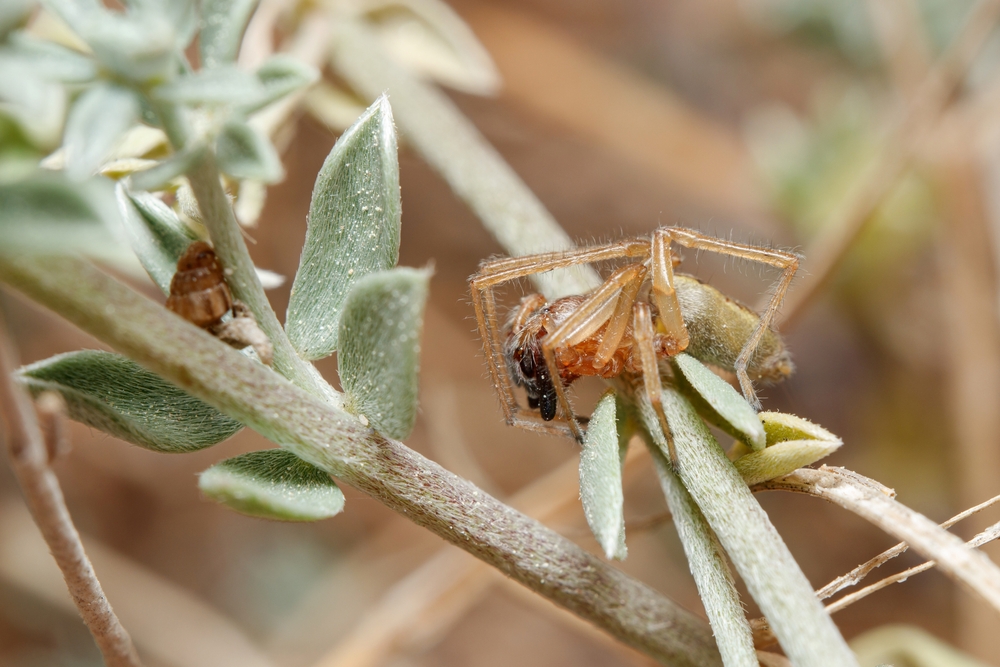
This unassuming spider is commonly found in homes, building silky sacs in corners and crevices. Its bite is venomous, causing mild to severe pain, swelling, and even necrosis in rare cases. While it’s not as infamous as the black widow or brown recluse, its small size makes it easy to overlook—until it bites.
14. Fleas: More Than Just a Pet Problem
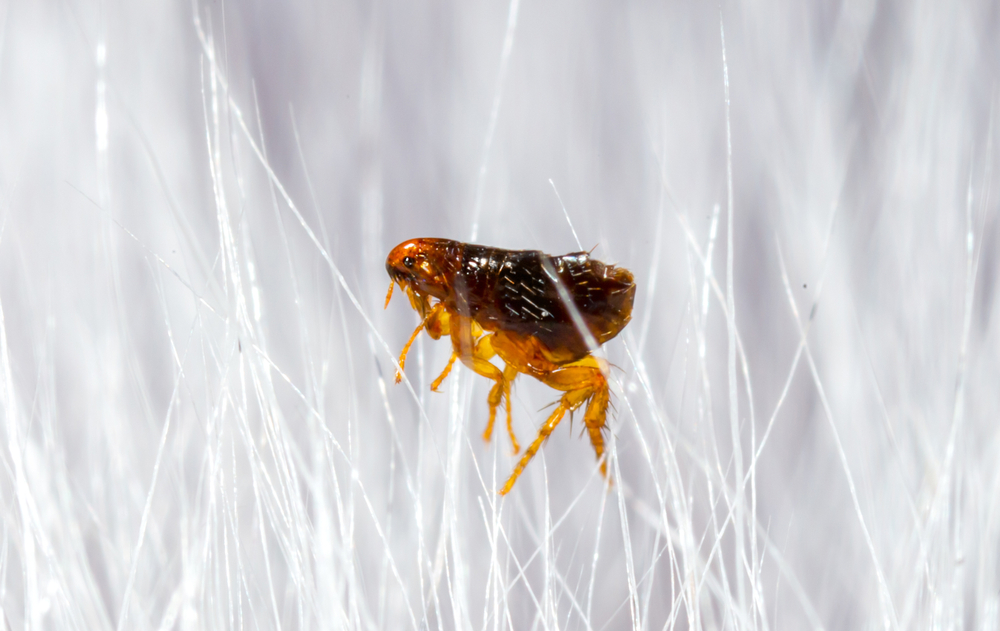
Fleas are notorious for infesting homes and pets, but they’re also carriers of diseases like the bubonic plague and murine typhus. Their bites cause itching and inflammation, and in severe infestations, they can lead to anemia in small animals. A few fleas can quickly turn into an overwhelming infestation if not dealt with swiftly.
